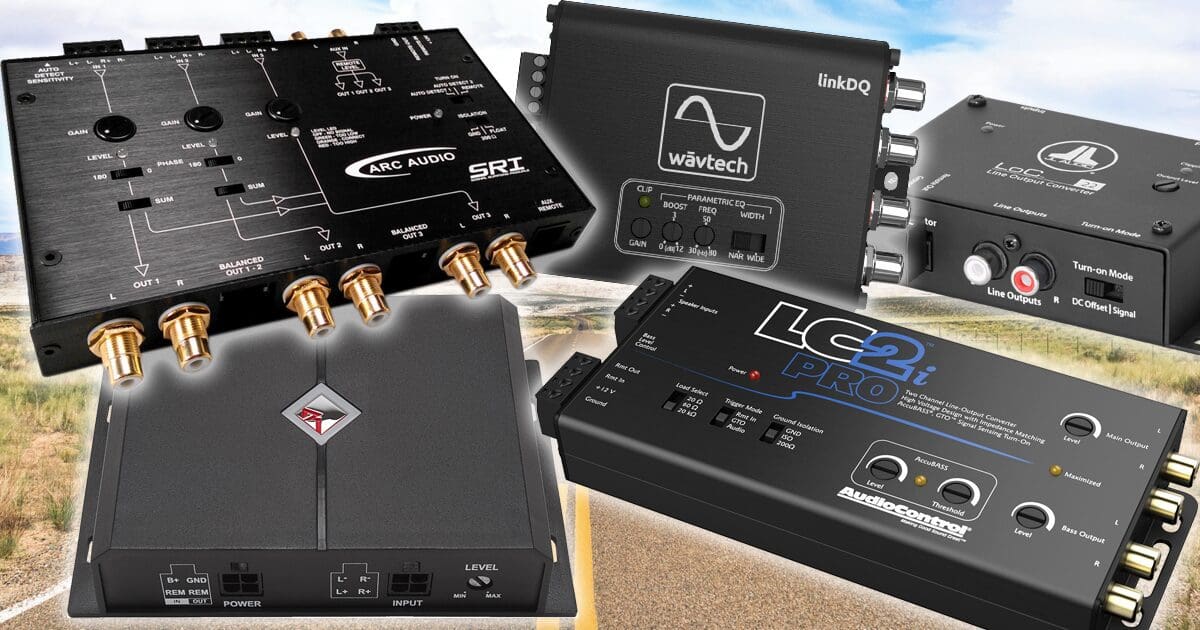It seems like everything to do with car audio installations has something to do with managing voltages. For starters, your electrical system needs to produce enough voltage to keep your radio and amplifier going. And amplifiers need to increase the voltage to drive speakers. When adding an amplifier to a factory-installed audio system, your installer will need to measure the voltage that the radio or amp produces. Chances are, they’ll need to use a line output converter to reduce that voltage so it’s compatible with a new amplifier. Let’s look at how these converters work and some of the options they include to make upgrading your car audio system easier.
What Is a Line Output Converter?
These simple integration devices go by several names. They’re sometimes called high-to-low or hi-lo converters, speaker input adapters or line level converters. Their task, however, is relatively simple. They take an audio signal intended to drive a speaker and lower the voltage so that it can be connected to the RCA preamp input on an amplifier or signal processor.
Most amplifiers want to see a maximum input voltage of 4 to 6 volts. Beyond the rated maximum input voltage, the signal can overdrive the input circuitry and cause clipping and distortion. Yes, you can clip the input to an amplifier with too much voltage.
Even a modest car radio can produce about 6.5 volts (peak to peak) output on the speaker wires. A small amplifier rated at 45 watts can deliver 13.4 volts. A subwoofer amplifier integrated into a factory-installed audio system could easily produce more than 30 volts.
How Do Line Level Converters Work?
There are two common types of converters on the market. The least expensive incorporates small audio transformers to reduce the voltage. The input winding on the transformer might have two or three times as many turns as the output, lowering the voltage by 50 or 60%. These devices are often passive in that they don’t require a power and ground connection to function.
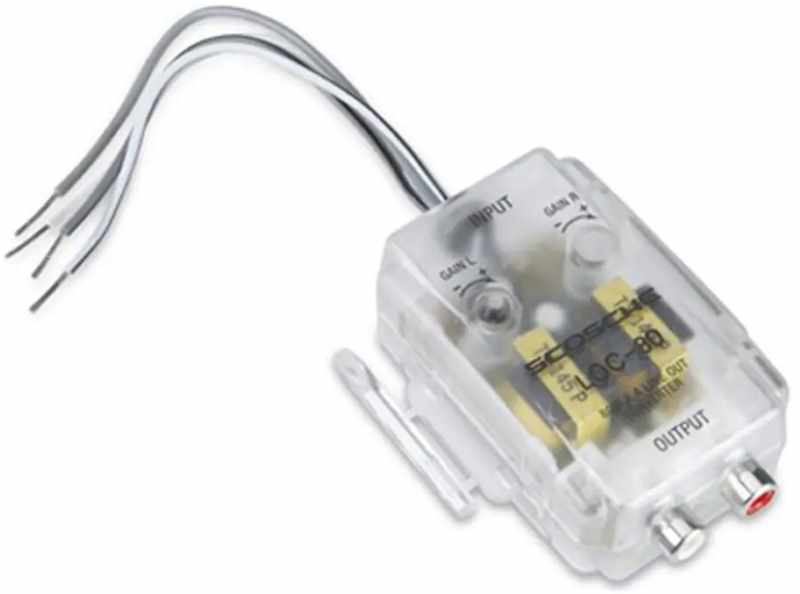
The second and most popular converter adds circuitry to provide a low-impedance output to the new amplifier. These devices require a power, accessory and ground connection to function. They can also serve as a line driver to increase the output voltage relative to the input. If you have a modest source unit that can only provide 1.5 or 2 volts of output on the preamp, adding a line driver to bump that voltage to 4 or 5 volts will let your installer turn down the sensitivity control on your amplifiers to improve the signal-to-noise ratio of your audio system.
What To Look for When Shopping for a Line Output Converter
If you’re in the market for a quality line output converter, you’ll want to know how much voltage it can accept on the speaker-level inputs and how much it can increase or decrease that signal, and you’ll need to know the output impedance on the preamp side. Most good-quality converters can accept up to 40 volts on the inputs and have an output impedance of no more than 200 ohms, though lower is better.
You’ll also want to check the frequency response of the device. Entry-level transformer-based converters may not pass deep bass or high-frequency audio information as well as the active units. Accordingly, a frequency response spec of at least 10 Hz to 40 kHz with a tolerance of 1 dB is a good benchmark.
Since these are audio signal processors, noise and distortion specifications are also worth checking. A total harmonic distortion (THD) spec of no more than 0.05% is good and noise should be quieter than 110 dB.
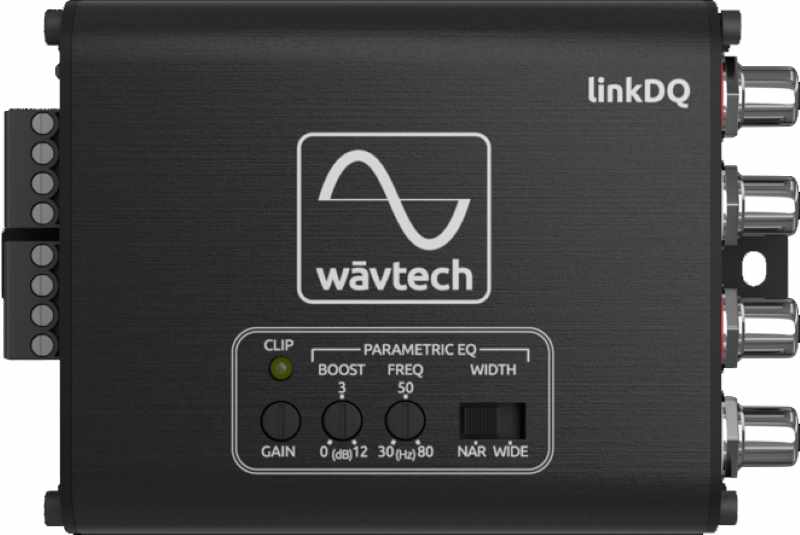
Remote Turn-On Detection Features
One of the most common features of a line output converter is providing an amplifier turn-on output signal. Let’s say you’re having a subwoofer amplifier added to a factory-installed sound system. There likely won’t be an easily accessible wire that goes to 12V when the radio turns on. Many output converters have several ways to detect when the radio is on and produce this trigger. First, they can monitor the speaker wires for voltage. Once it detects an audio signal, it turns itself on and generates the remote output. The drawback of this option is that the unit might be fooled into turning on when a car door is closed. If the vehicle is relatively airtight, closing a door or the trunk can momentarily pressurize the interior, causing the speakers to move. When that happens, they produce a voltage and sometimes this tricks the converter.
The second way these devices can trigger an output is to monitor the input connects for a DC voltage on the speaker wires. For example, most radios use a speaker output device configuration called BTL, or bridge-tied load. There will be a few volts on the speaker wires when the radio turns on. The converter will sense this voltage and activate the output. If the source in your vehicle works this way, this is the best option for your installer to use.
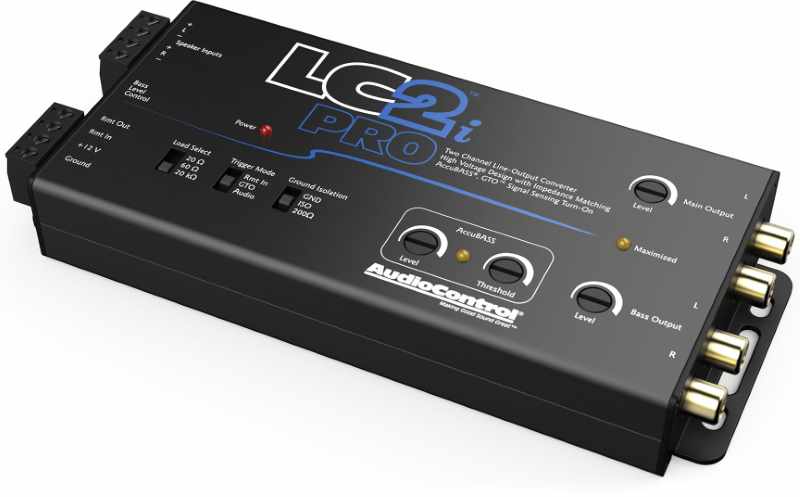
Bonus Line Output Converter Features
Many line output converters come with additional features. One of the most common is a remote level control. If you’re having a subwoofer added and want to adjust its volume relative to the rest of the system, this is a great option.
Another popular feature is an equalizer. Your installer may find that the lowest audio frequencies from the factory source are attenuated. Adding a little boost to that missing information is a great way to deliver bass with good extension and impact.
Many of the better processors include speaker load simulators. Most Class-D amplifiers used in factory audio systems need to see a speaker connected to their outputs to function. As such, if your installer is adding an amplifier to drive those speakers, a relatively low-impedance load needs to be added to the speaker wires.
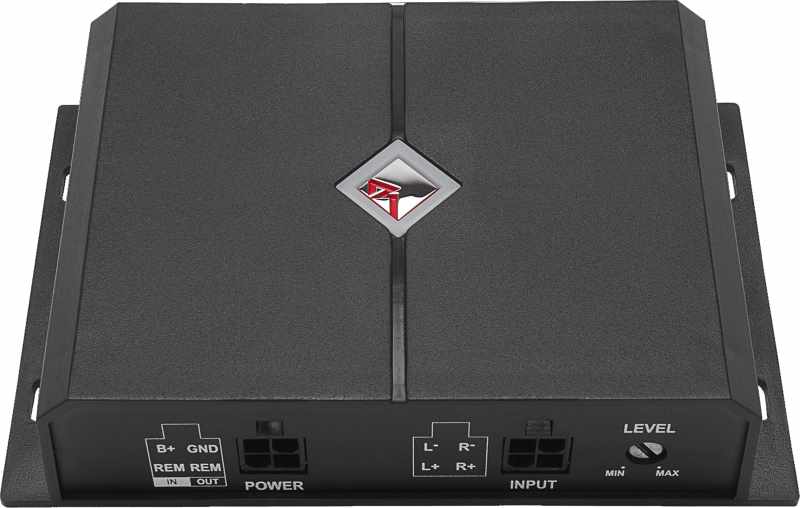
Channels and Signal Summing
The last topic we should discuss is understanding how many channels are needed for the line output converter. As we mentioned, typically, these are used when adding a subwoofer amplifier to a factory-installed source unit. That doesn’t mean that they aren’t also common for adding an amp to drive front and rear speakers. Many branded audio systems (like Bose, JBL, Fender, Infinity, Lexicon, Mark Levinson and B&O) that come with new cars and trucks are easily upgraded using multi-channel line output converter interfaces. Your installer can feed the output of the converter to a digital signal processor and new amplifiers, speakers and subwoofers.
Many multi-channel line output converters can sum signals together from multiple inputs. These days, using this feature is a risky proposition unless your installer has confirmed that the audio signals are in phase at the crossover frequency. For example, let’s say the front speakers in your car include a woofer in the door and a small midrange speaker in the dash (what many call a middler). If there is signal delay applied to the woofer, summing the signals together in a line output converter can result in the audio signal having an unusable frequency response. The summing circuits on these devices work perfectly, but the signals coming from a factory amplifier may not be compatible. So everything has to be tested. We’ll talk about signal summing processors in another article soon.
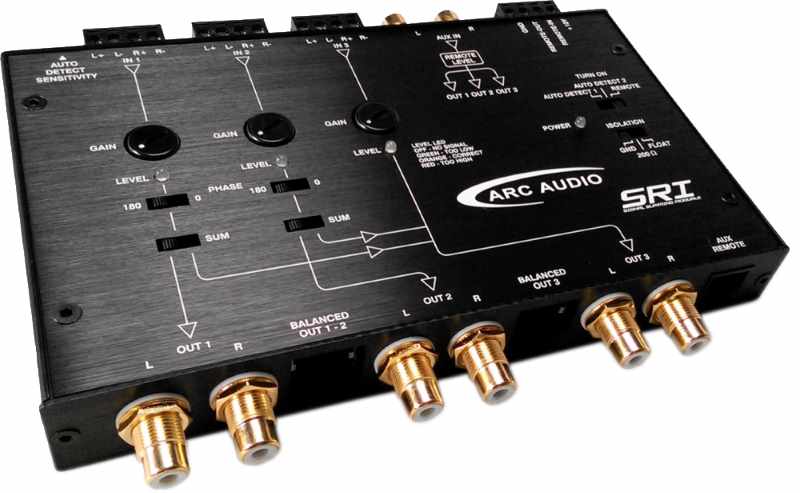
If you plan to have an amplifier added to a factory-installed audio system, chances are you’ll need a line output converter. It’s even more likely that you’ll need one that can provide a remote turn-on signal for that new amp. Drop by your local specialty mobile enhancement retailer to find out about the solutions that are compatible with your vehicle to deliver great sound.
